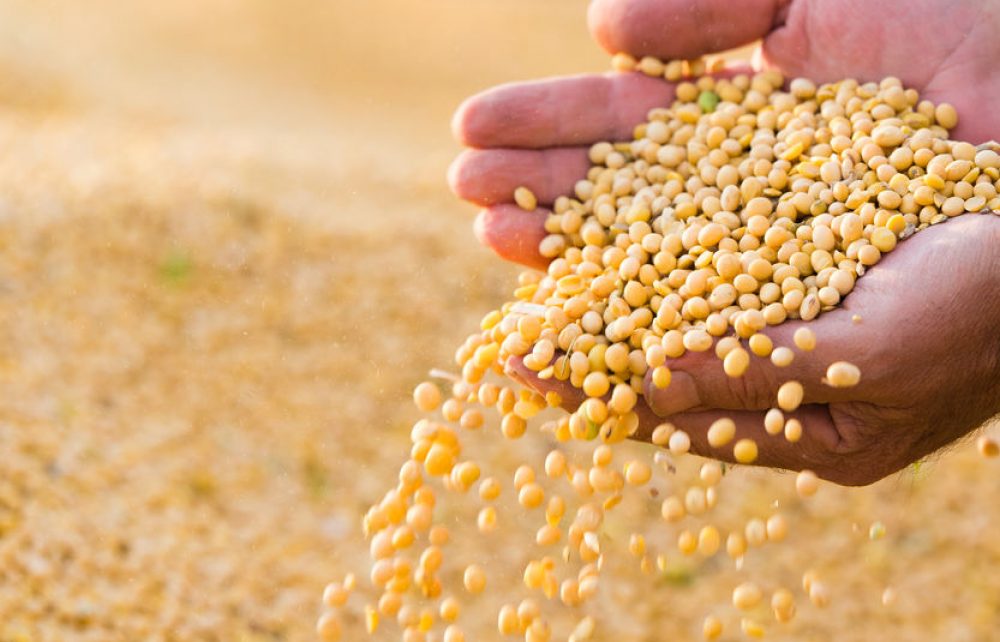China is expected to end the year with historically low soymeal carryover stocks, which should increase dependence on imported soybeans in 2023, chiefly from Brazil.
Weaker 2022 demand for soybeans from top buyer China could result in Brazilian sales volumes to that nation falling to the lowest level since 2017, according to government trade data. But while volumes could end 2022 at a six-year low, high prices meant Brazilian sellers got paid handsomely for the product going to China, even as less of it got sold.
Brazil exported 52.4 million tonnes of soybeans to China through November, amassing USD 31 billion, according to Brazilian government data. That compares with USD 27.2 billion for the whole of 2018, when a record 68.5 million tonnes of Brazil’s soy was exported to China alone.
Victor Martins, senior risk manager at HedgePoint Global Markets, told Reuters in an interview that Brazilian soybeans, which are processed in China to make livestock feed, are currently more attractive than U.S. soybeans for February shipments, Martins said in an interview.
“The combination of higher supplies in Brazil, low soymeal stocks in China and relaxation of COVID-zero policies (in China) are expected to boost China’s soybean demand for 2023,” Martins said.
Ample new-crop supplies from Brazil, which is likely to raise its share of global soy exports to 51.5% in the 2021/2022 season, are priced in FOB port prices.
Reduced Brazilian soybean exports were the result of crop failures amid a drought in the south, which cut the exportable soy surplus and boosted domestic port premiums.
The drop affected Chinese processors, who faced negative crushing margins in early 2022 as soy prices climbed.
In the second half, low soymeal stocks coincided with a sudden rise in Chinese hog margins. This, Martins said, will spur more demand for soymeal in China in coming weeks




